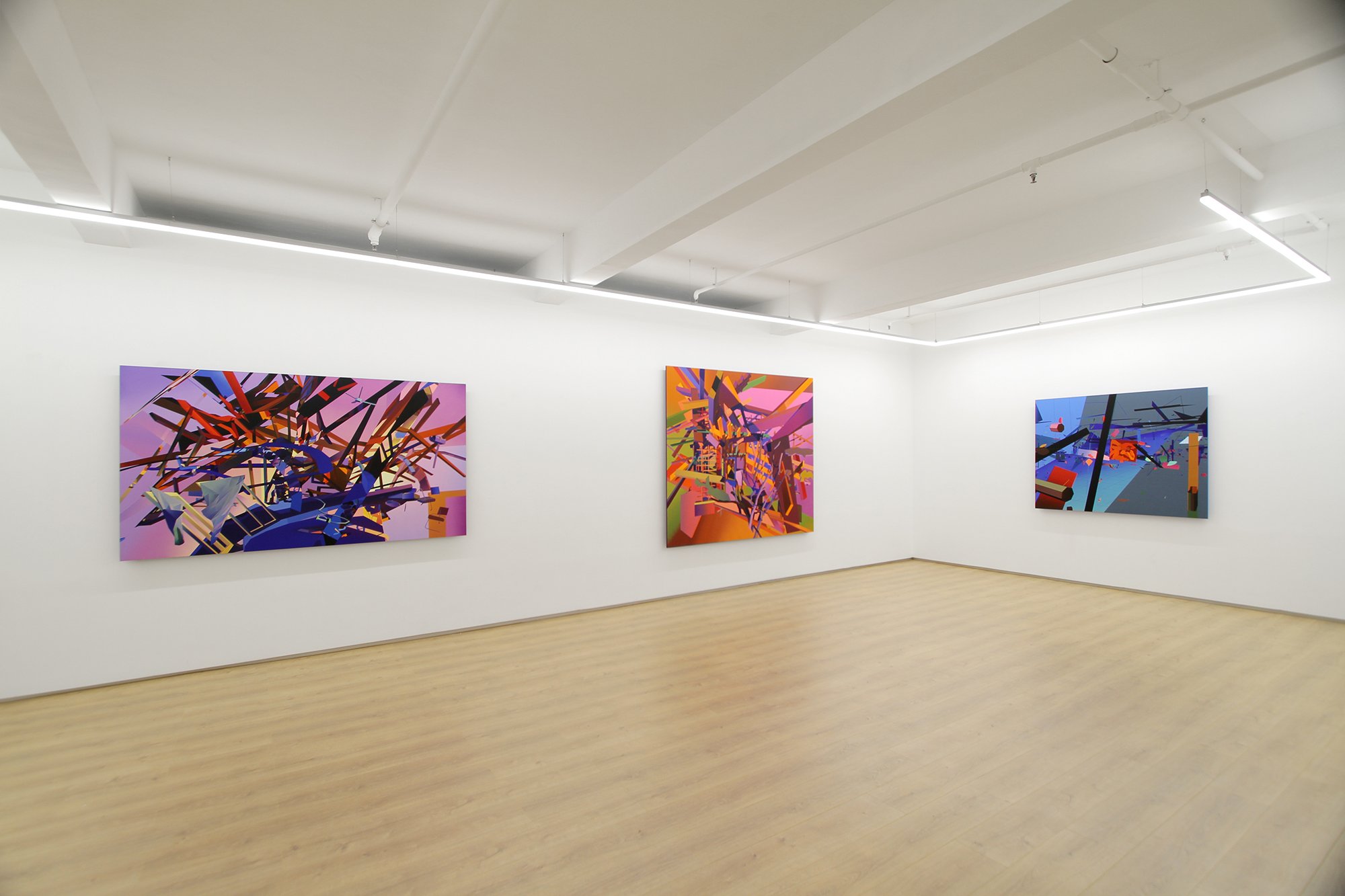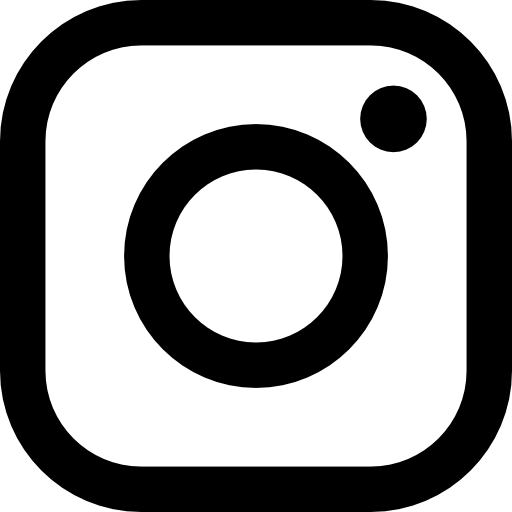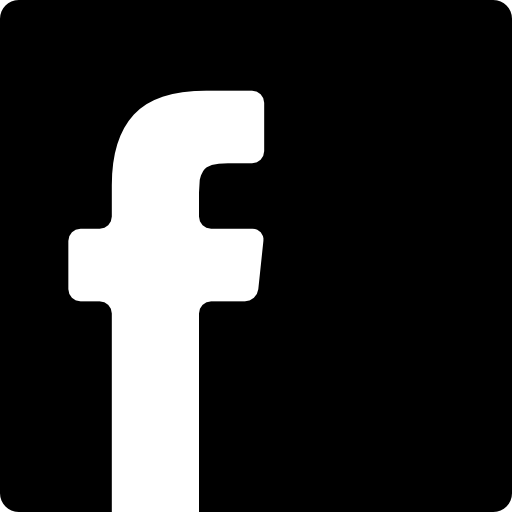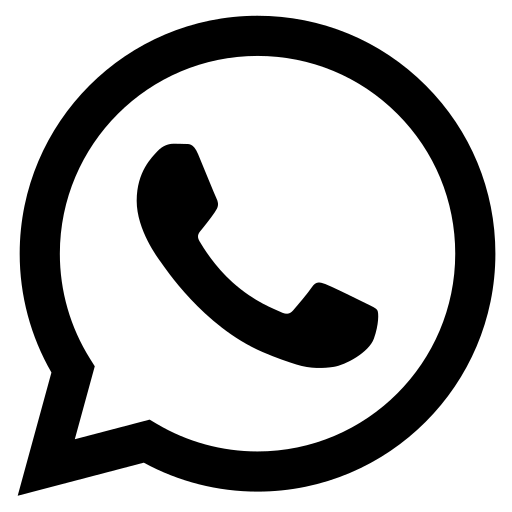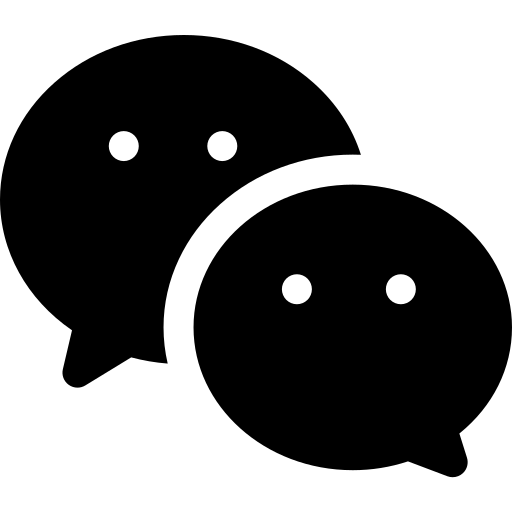AISHONANZUKA is pleased to announce a solo exhibition by Jonathan Chapline, an American young artist living in New York. This is Chapline's second solo exhibition in Asia since NANZUKA (Tokyo) in January 2020.
Chapline graduated from the Rhode Island School of Design, recognized as one of the most prestigious and highest ranking art academies in the United States. Soon gaining acclaim for his first solo exhibition “Material Memory” held at his mother gallery The HOLE (New York) in 2018, he continues to receive much attention and anticipation as one of the new generation of artists actively employing digital technology.
In the context of Chapline’s work, the word “rendering” extends beyond the framework of computer language to be used as an art term. From the shape of the objects, to the perspectives from which they are captured, the texture of their surfaces, the light source and shading, Chapline simulates all physical elements necessary for the production of his paintings in advance on a computer screen using a 3D program.
Such production method seems to be in denial of the classic art historical myth that describes the painter’s eyes as being nurtured through the act of sketching. Interestingly however, Chapline studies the masterpieces of artists such as Cézanne, Picasso, Fernand Léger, Matisse, Max Beckman, Philip Guston, Thomas Hart Benton, Alexander Archipenko, and Henri Laurens and engages in depicting numerous works that attempt to mimic and reinterpret them through his own distinctive style. For Chapline, who is a part of a digital generation that is able to use a mouse as one would do so a pencil, it is a natural conclusion for 3D screens visualized through programs to also illustrate an array of inconsistencies likewise to natural human vision. In many cases, this is a precursor for a positive discovery on part of the artist.
For this exhibition “Geometric Encounters”, Chapline created five new paintings and three drawings. As the title of this exhibition (Encounters with Geometry) suggests, the objects in this exhibition are more abstracted and symbolic than in his previous works, and they are skillfully dismantled and fused together to create a new form of expression. The complexity of his paintings is programmatic and many unpredictable contradictions occur, and by accepting them as expression, he creates a pictorial space that no one has ever experienced before. The new hand-drawing works are created by Chapline himself, without the use of rendering. The way he moves in his art style freely between the digital and the physical, the figurative and the abstract, suggests a new possibility of expression.

